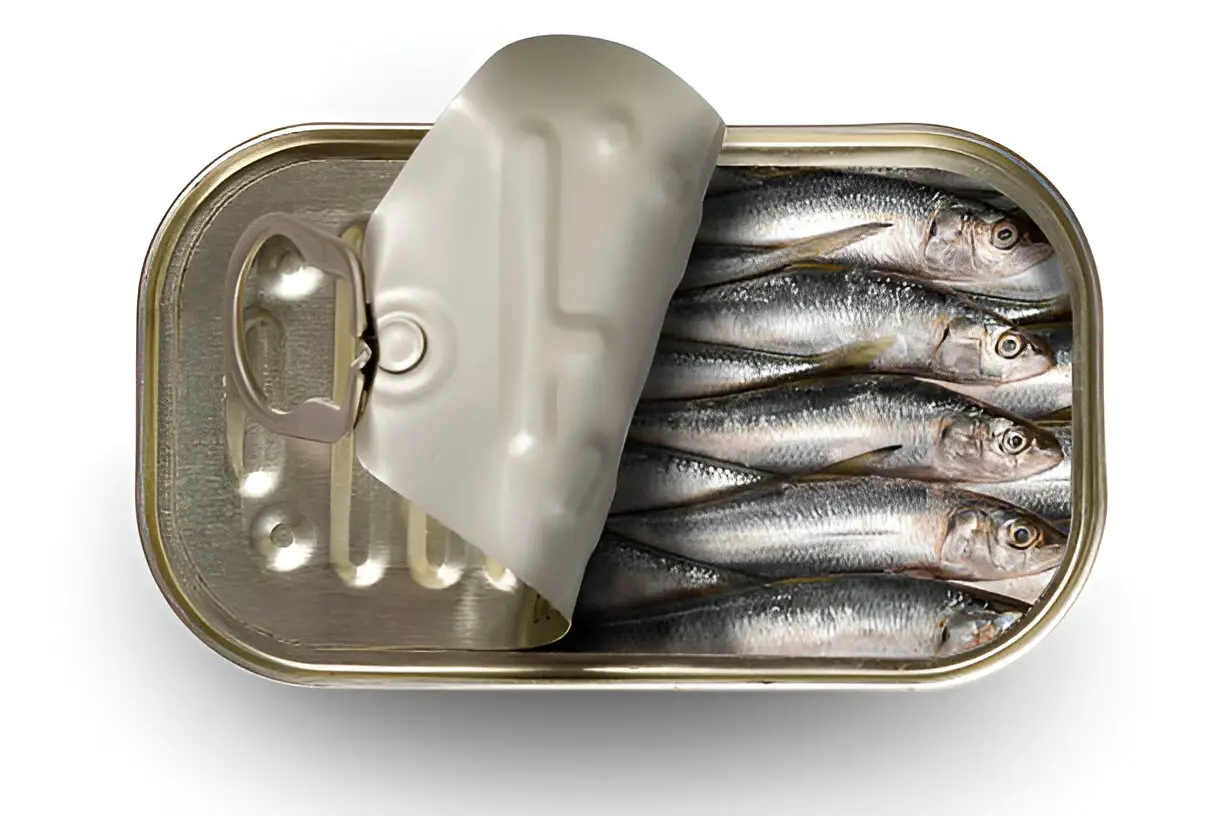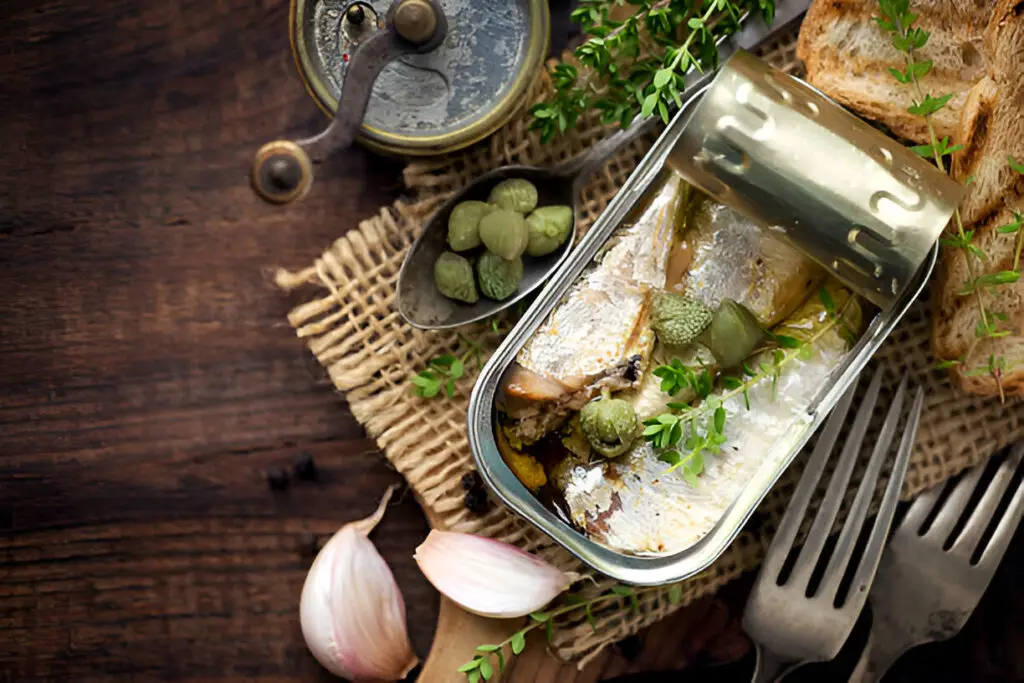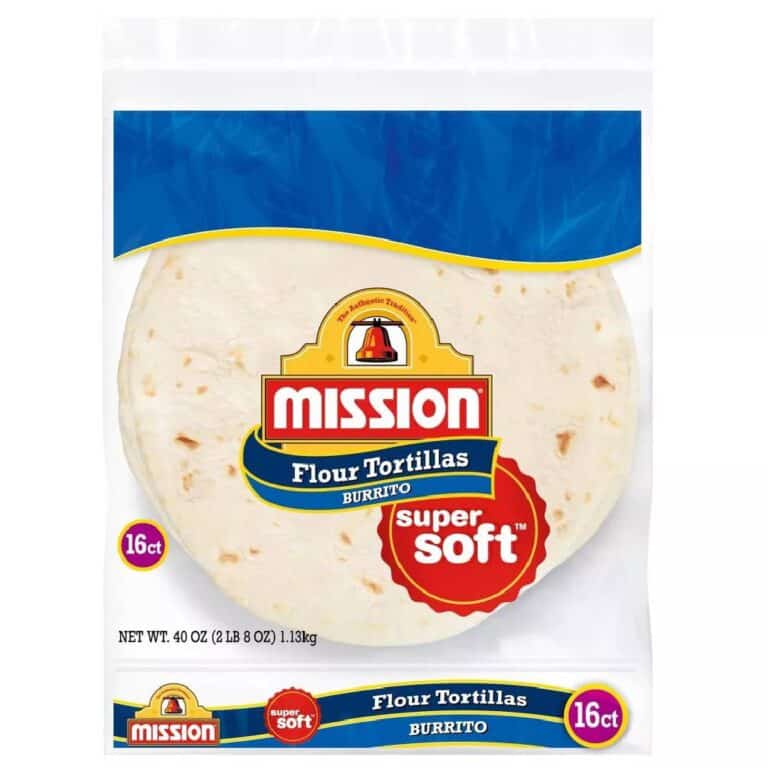The Whole Truth About Eating Canned Sardines: Heads, Bones, and All

When it comes to quick, nutritious meals, canned sardines often get a bad rap—or worse, overlooked entirely. But let me tell you, these little fish are absolute powerhouses packed with nutrition and versatility.
I’ve grown to appreciate the convenience of canned sardines, and if you’re still on the fence, this guide will take you through all the reasons why you might want to consider eating them whole.
Nutritional Benefits of Canned Sardines
First, let’s dive into what makes sardines so special. These tiny fish are loaded with omega-3 fatty acids, which are amazing for heart health, reducing inflammation, and even supporting brain function.
If you’re looking to add more healthy fats to your diet, sardines should be at the top of your list. And that’s just scratching the surface.
Sardines also bring a lot of protein to the table, which is perfect if you’re looking to maintain or build muscle. They’re rich in essential vitamins and minerals like vitamin D, calcium, and selenium.
What’s even more appealing is that sardines are low in mercury, especially compared to larger fish like tuna. So, you can eat them regularly without worrying about mercury overload.
Sustainability and Ethical Considerations

One thing I love about sardines is how sustainable they are. Unlike some other seafood options that can leave a larger environmental footprint, sardines are fished in ways that are less likely to harm the ecosystem. These small fish are abundant and reproduce quickly, making them a much more eco-friendly choice compared to larger, overfished species.
Sustainable fishing practices make canned sardines an ethical choice too. You can feel good knowing you’re eating a protein that supports both your health and the health of the planet. With the ongoing crisis of overfishing, choosing sardines helps to protect marine ecosystems and promotes responsible fishing.
How to Incorporate Canned Sardines into Your Diet
After learning how nutritious and sustainable sardines are, how do you eat them? Let’s break away from the boring routine of just opening a can and popping one in your mouth (although that’s totally fine too!). Sardines can be incredibly versatile in the kitchen.
You can mash them onto toast with a little bit of avocado for a quick, savory breakfast. Or toss them into a pasta dish for an added punch of flavor and protein. Sardines also work great in salads—try them with arugula, tomatoes, olives, and a bit of lemon dressing for a Mediterranean twist. And if you’re feeling adventurous, make a sardine pâté by blending them with cream cheese, capers, and a squeeze of lemon.
Debunking Common Myths About Canned Sardines
I hear a lot of myths about canned sardines that simply aren’t true. First off, some people think that because sardines are canned, they’re less fresh or inferior in quality. The truth is, sardines are often canned just hours after being caught, which helps preserve their freshness.
Another misconception is that the bones and skin make them less palatable or nutritious. Actually, the bones in sardines are so soft that they’re fully edible—and they’re an excellent source of calcium. Plus, the skin holds some of the healthiest oils, so eating the fish whole maximizes the nutritional value.
Fresh sardines can be amazing, but canned ones bring a lot of convenience to the table. No need to gut, clean, or debone. Just pop open the can, and you’re ready to go.
Cooking Techniques for Canned Sardines
Don’t let the thought of canned fish hold you back from culinary experimentation. Canned sardines are actually pretty adaptable when it comes to cooking techniques. One simple trick is to sear them in a hot pan for just a few minutes, giving them a crispy edge that elevates the texture.
Pairing sardines with bold flavors like garlic, lemon, or chili can also take them up a notch. Try mixing them into a tomato-based sauce, tossing them with pasta, or serving them with roasted vegetables for a delicious, healthy meal. And if you’re a fan of finger foods, sardines work great on a charcuterie board with a little mustard and crackers.
Health Risks and Precautions
Of course, it’s important to keep in mind that some people may be allergic or intolerant to sardines. If you have a seafood allergy, you’ll want to steer clear. Pregnant women should consult their doctor before eating sardines or any seafood. But in general, sardines are safe and healthy for most people.
When choosing sardines, opt for those packed in olive oil or water, and try to avoid those in sauces with added sugars or unhealthy oils. Always read the label and look for brands that prioritize quality and sustainability.
Exploring Global Variations of Sardine Dishes
Sardines aren’t just a staple in the U.S. kitchen—they’re beloved around the globe. From Portuguese grilled sardines to Italian pasta con le sarde, each culture has its own unique way of showcasing this flavorful fish. In Japan, they’re used in sushi, while in Morocco, you’ll find them spiced and stuffed. Sardines also have deep cultural significance in many places, often symbolizing simple, humble, yet nutritious food.
Conclusion
Sardines offer an impressive array of benefits—from heart-healthy omega-3s to a low environmental impact. Whether you’re snacking on them straight from the can, tossing them in a salad, or using them to create a gourmet meal, these little fish pack a powerful punch.
So, don’t shy away from adding canned sardines to your routine. With a bit of creativity, you can turn them into a culinary star that’s not only nutritious but delicious too. Give them a try and see how versatile these mighty little fish can be!






